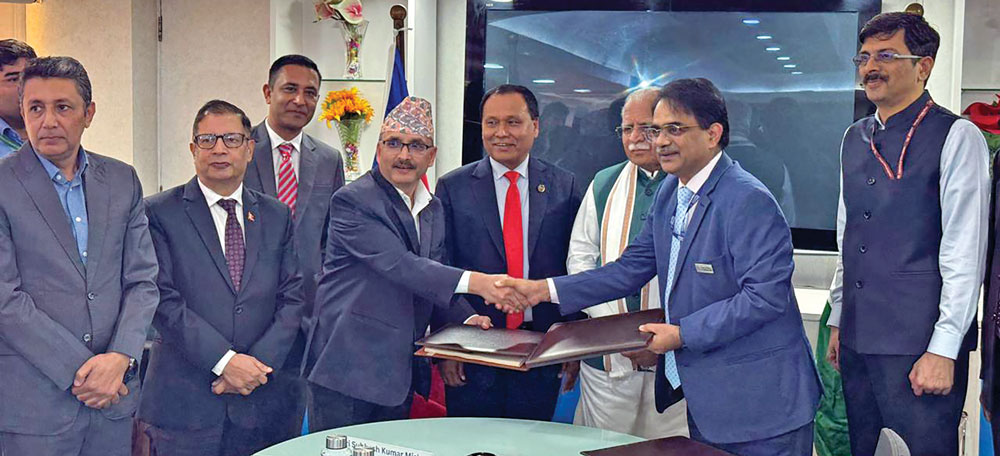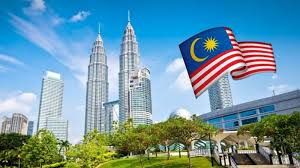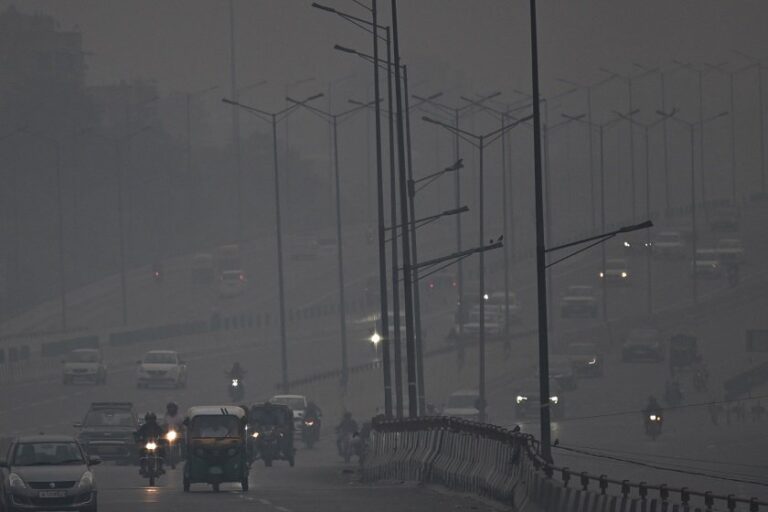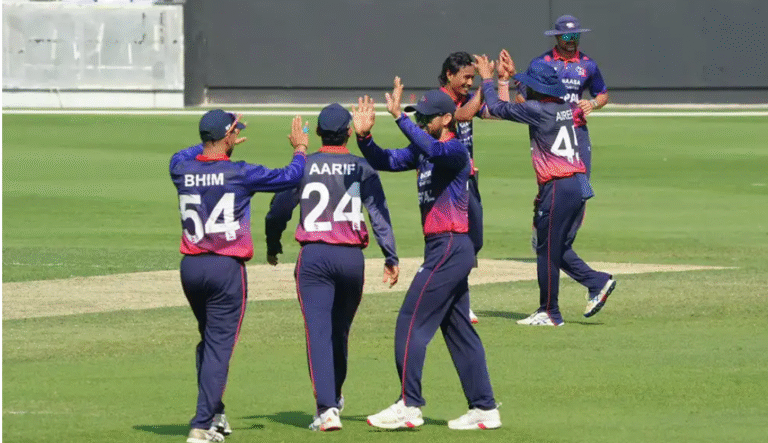
Nepal and India have signed an agreement to establish joint companies and invest equity capital for the construction of the proposed Inaruwa–Purnia and Lamki–Dodhara–Bareilly 400 kV cross-border transmission lines. The agreement aims to further strengthen bilateral and regional power trade by expanding electricity transmission infrastructure.
The signing ceremony took place on Wednesday in New Delhi in the presence of Nepal’s Minister for Energy, Water Resources and Irrigation Kulman Ghising and India’s Minister of Power Manohar Lal Khattar. The agreement was signed by Subhash Kumar Mishra, Deputy Executive Director of Nepal Electricity Authority (NEA), and Sanjay Kumar Gupta, Chief Operating Officer of International Business at Power Grid Corporation of India Limited (PGCIL).
Investment Structure
According to the agreement:
- Two joint venture companies will be established—one in Nepal and one in India.
- Nepal’s Cabinet had already approved NEA’s proposal on October 16 to invest equity capital for this purpose.
- NEA will invest a total of NPR 3 billion in equity across the two companies.
- The Indian section of the transmission lines will be built by a joint venture company in India, where PGCIL will hold 51% shares and NEA will hold 49%.
- The Nepali section will be constructed by a joint venture company in Nepal, where NEA will hold 51% shares and PGCIL will hold 49%.
- The financing structure of the projects will include 80% loans and 20% equity investment.
Project Details
| Transmission Line | Section in Nepal | Section in India |
|---|---|---|
| Inaruwa–Purnia 400 kV | 26 km | 109 km |
| Lamki–Dodara–Bareilly 400 kV | 33 km | 185 km |
- According to a 2019 joint technical study:
- The Inaruwa–Purnia line is estimated to cost INR 2.65 billion (Nepal side) and INR 4.13 billion (India side).
- The Lamki–Bareilly line is estimated at INR 2.57 billion (Nepal side) and INR 6.14 billion (India side).
Both transmission lines are targeted for completion by 2030.
Significance
Minister Kulman Ghising stated that the construction of these additional cross-border transmission lines would:
- Create greater access to international power markets,
- Facilitate export of surplus hydropower from Nepal,
- Promote foreign and domestic investment in Nepal’s hydropower sector.
India’s Power Minister Khattar said the projects will further strengthen bilateral electricity exchange and cooperation between the two countries.
Existing Power Trade Infrastructure
Currently:
- The 400 kV Dhalkebar–Muzaffarpur line is operational.
- The Butwal–Gorakhpur 400 kV line is under construction.
- Agreements have been reached for the 220 kV Chameliya–Jhulaghat line connecting Nepal and India’s Uttarakhand.
- Several 132 kV, 33 kV, and 11 kV lines connect Nepal with Indian states like Bihar, Uttar Pradesh, and Uttarakhand.
- Nepal currently exports over 1,000 MW of electricity daily to India and Bangladesh through 400 kV and 132 kV lines.
High-Level Talks
During his visit to New Delhi for the 8th General Assembly of the International Solar Alliance, Minister Ghising held talks with his Indian counterpart Khattar. Discussions covered:
- Hydropower cooperation,
- Power trade expansion,
- Progress on India-financed hydropower projects in Nepal,
- Long-term energy partnerships between the two countries.
This agreement is expected to mark a major milestone in regional energy connectivity and economic cooperation between Nepal and India.




